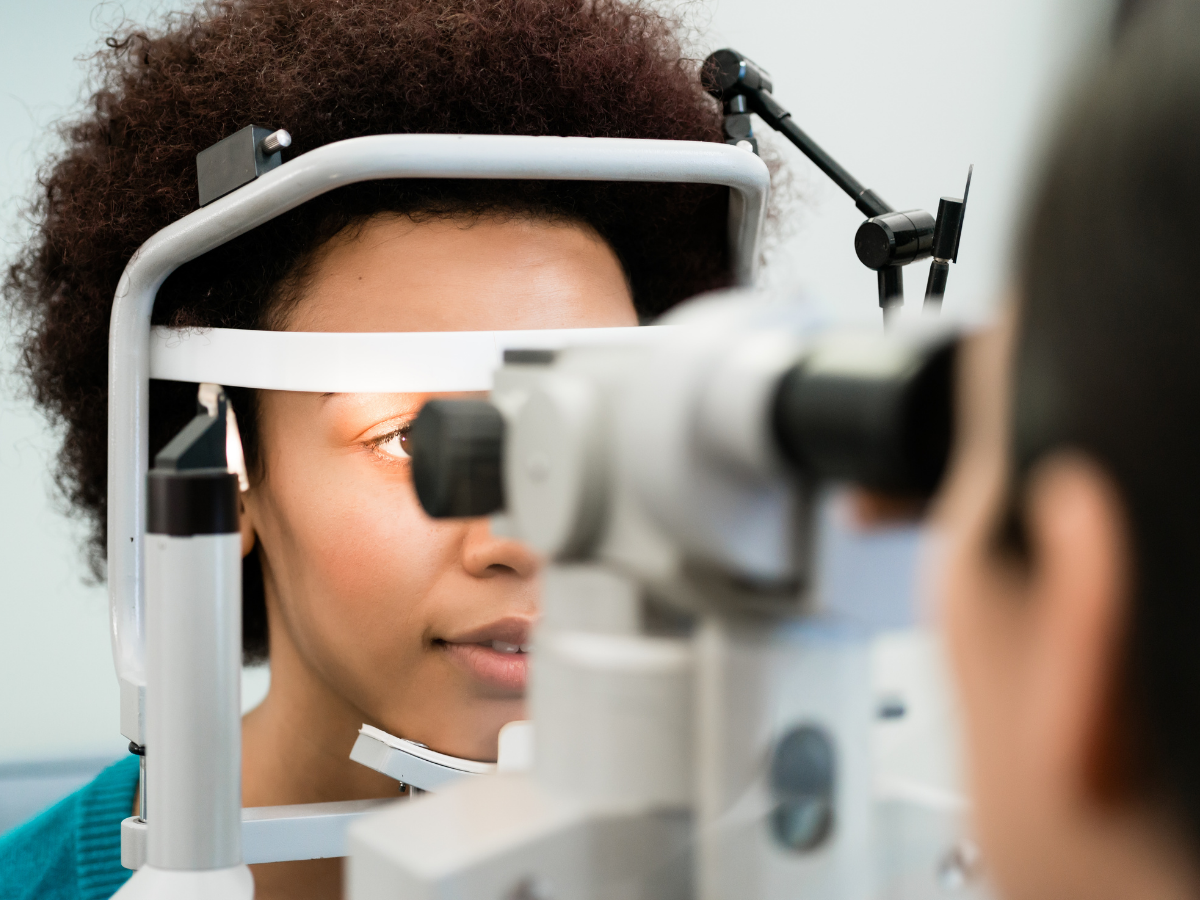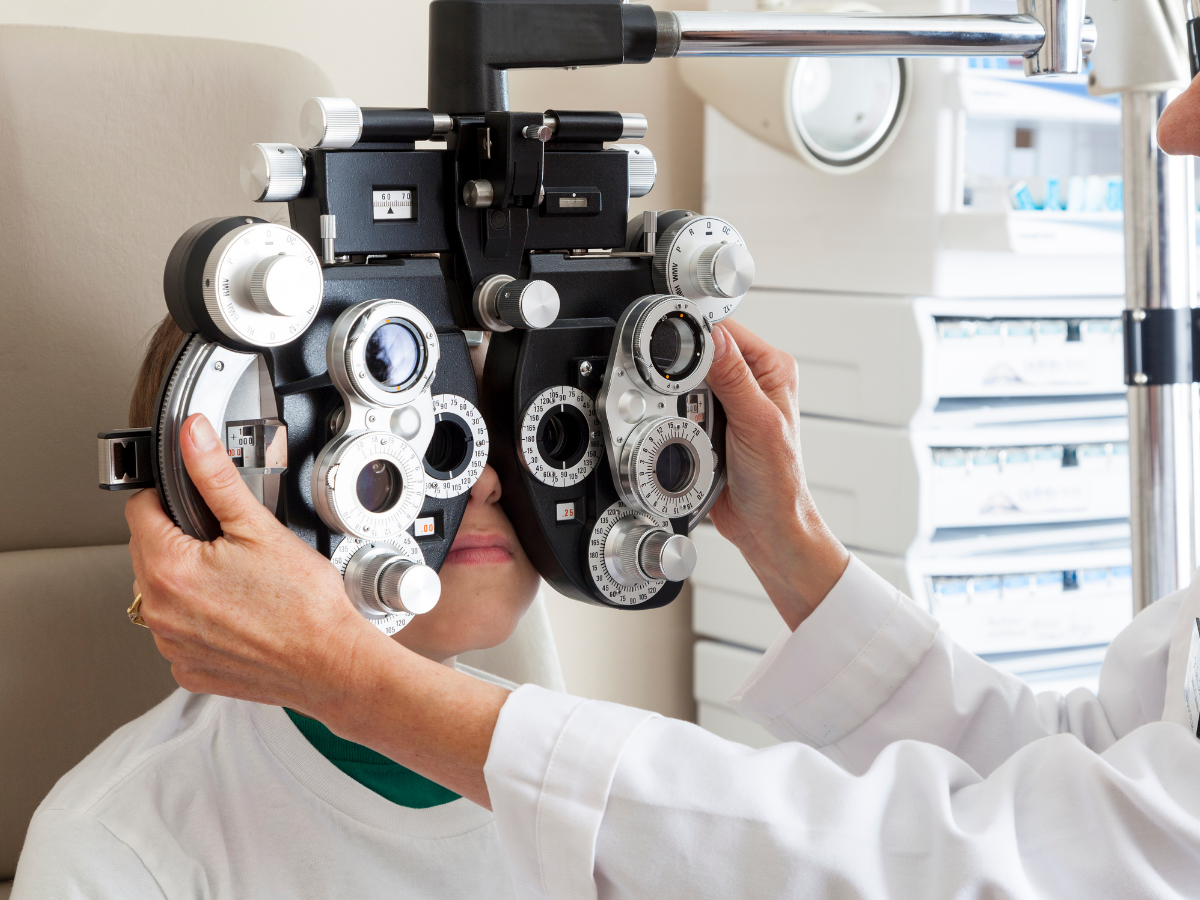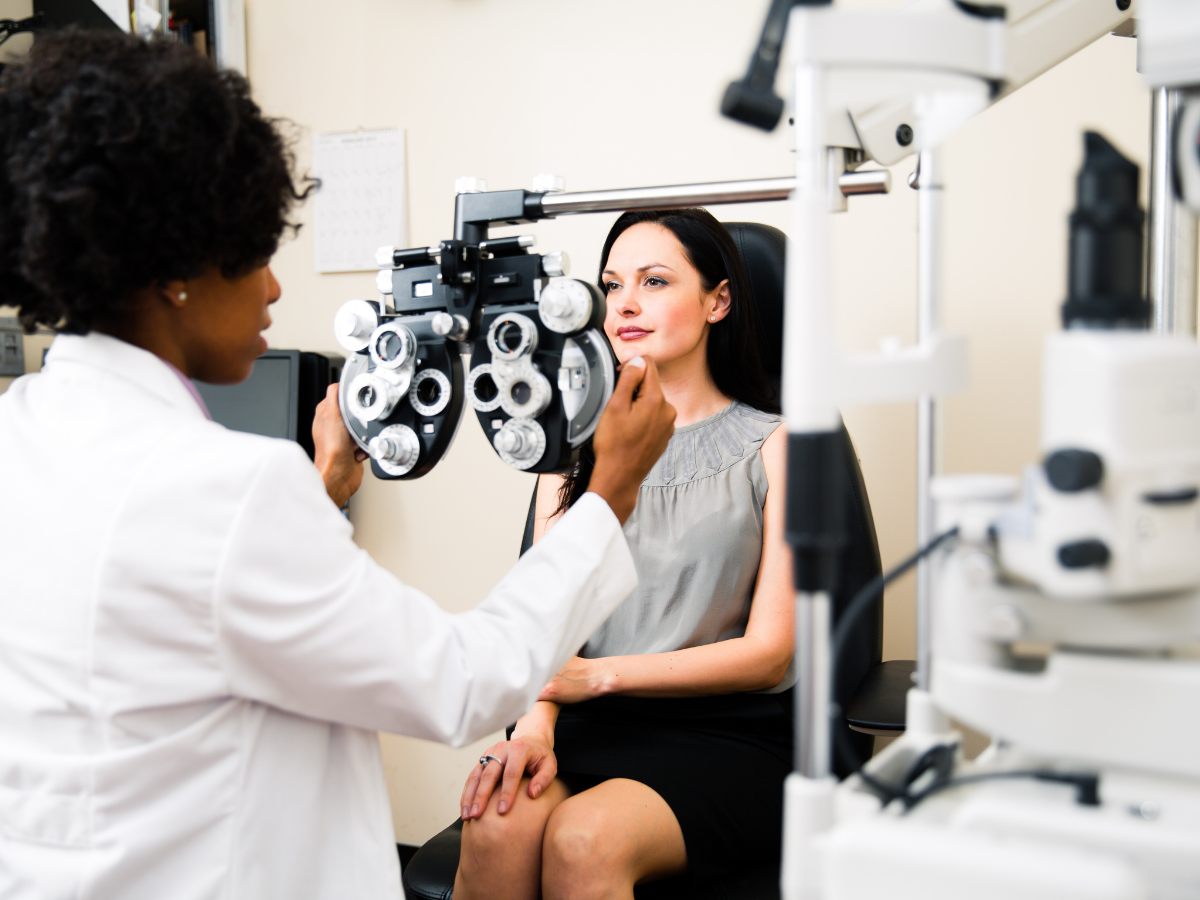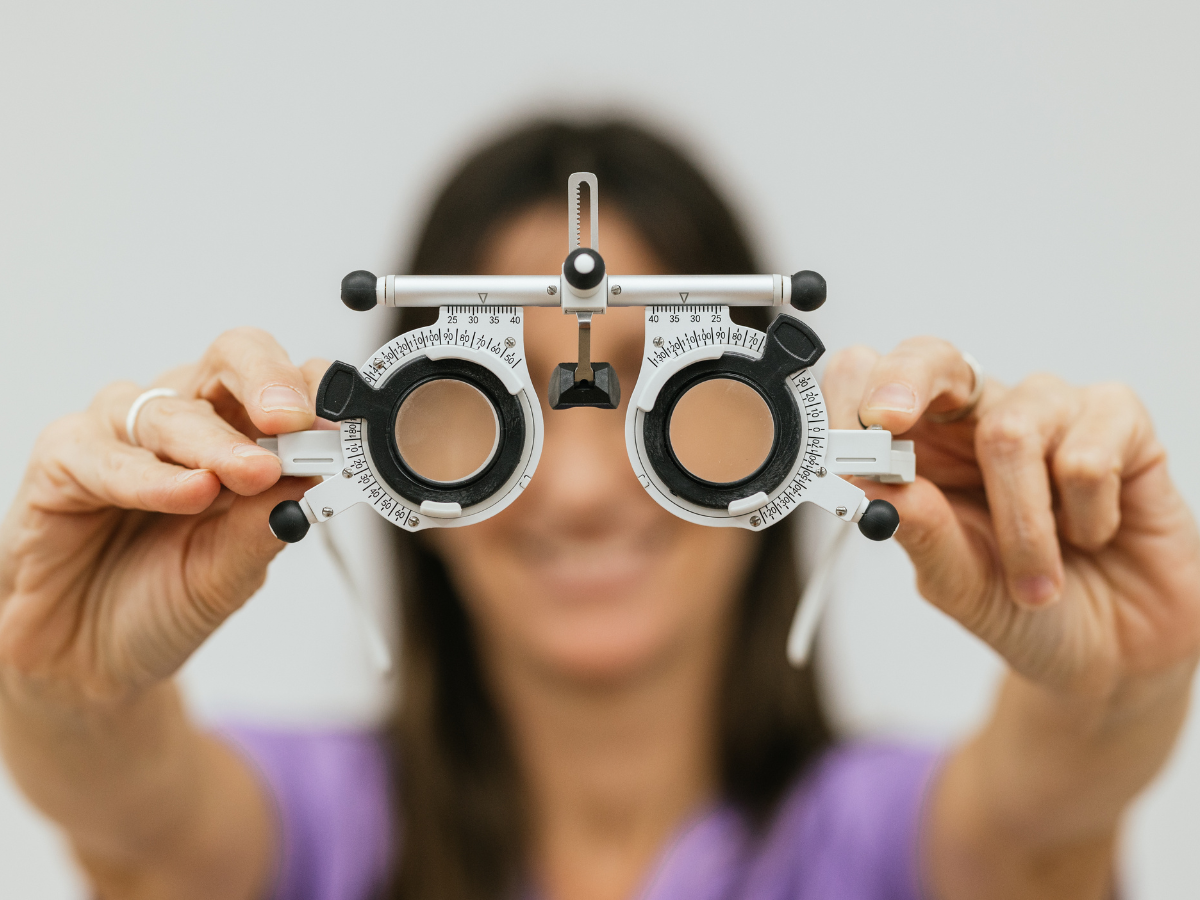
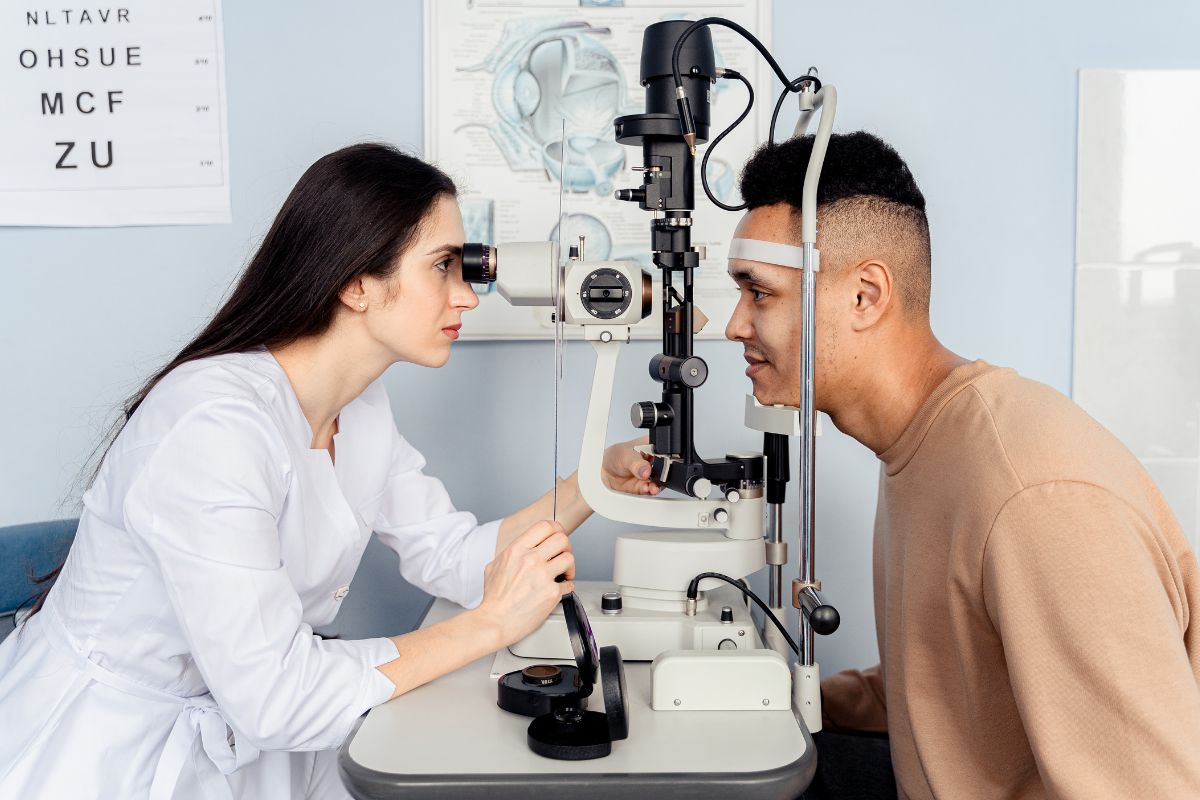
When searching for a trusted Chino Hills optometrist, patients often focus on convenience or cost. However, an evidence-based perspective reveals that research-backed practices are just as essential when it comes to selecting eye care providers. Optometry, like all healthcare fields, is grounded in continuous clinical studies, technological advancements, and data-driven insights that shape the quality of care patients receive.
Eye health is a complex field influenced by genetics, environment, lifestyle, and age. Without research, optometrists would be limited to traditional methods, unable to adapt to new challenges like digital eye strain or the rising prevalence of myopia in children. Ongoing studies in vision science provide the foundation for innovative diagnostics, treatment protocols, and preventative care strategies.
Much like other medical specialties, optometry relies on research to establish best practices. Clinical studies have shown the importance of early detection in preventing vision loss from conditions such as glaucoma and macular degeneration. Data on lens technology has led to advancements in coatings that reduce glare and block blue light. Research also supports the role of regular comprehensive eye exams in identifying systemic conditions like diabetes and hypertension.
Technology is a key outcome of applied research in optometry. Today, practices in Chino Hills and beyond use advanced tools such as optical coherence tomography (OCT) to create detailed images of the retina, providing early detection of diseases that might otherwise go unnoticed. Similarly, digital retinal imaging, visual field analyzers, and AI-assisted diagnostics are transforming how optometrists evaluate and monitor eye health. These innovations are all made possible by rigorous scientific research.
A prime example of a practice that values research-driven care is Oasis Optometry. Their team incorporates the latest advancements in eye health technology to provide patients with accurate diagnoses and effective treatment plans. By staying up-to-date with peer-reviewed studies and industry research, they ensure every patient benefits from evidence-based optometric care tailored to individual needs.
The application of research in optometry directly impacts patients in several ways:
Optometry isn’t only about clinical care—it’s also influenced by market and consumer research. Studies show a growing demand for digital eye strain solutions due to increased screen time. Research into consumer behavior also reveals that patients value practices offering both clinical expertise and modern convenience, such as online scheduling and tele-optometry consultations. Practices that align their services with these insights are better positioned to meet evolving patient expectations.
Research contributes to minimizing risks in optometric care. For instance, studies on contact lens hygiene inform best practices to reduce infection risk. Clinical trials on new medications provide insight into side effects and effectiveness. By following evidence-based protocols, optometrists create safer experiences for their patients while strengthening trust in their services.
The future of eye care will be shaped by ongoing research in areas such as:
For individuals seeking the best optometric care, research offers practical guidance:
Choosing an optometrist in Chino Hills is not just about convenience—it’s about finding a provider who blends compassion with science. Research has transformed the field of optometry, offering patients safer procedures, better diagnostic accuracy, and innovative treatment options. Practices such as Oasis Optometry demonstrate how evidence-based care elevates the patient experience, ensuring healthier eyes and clearer vision for years to come. In a world where science guides healthcare, research remains the clearest vision for the future of eye care.

